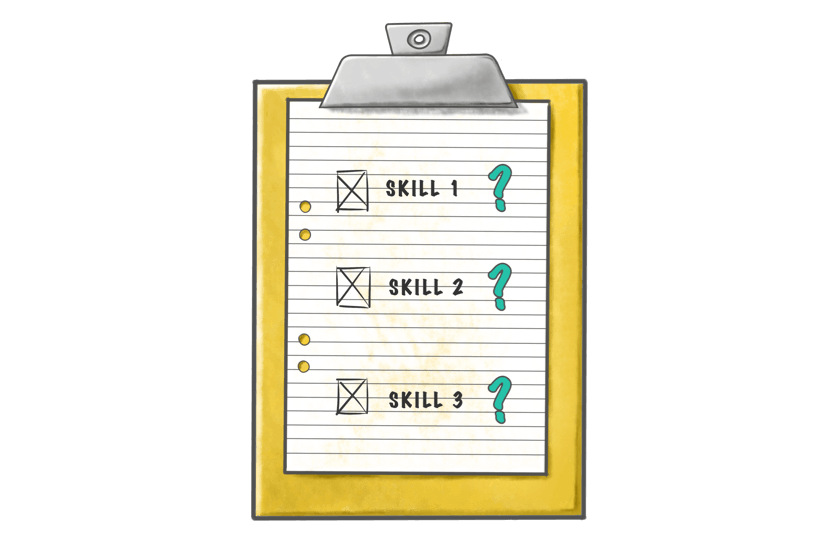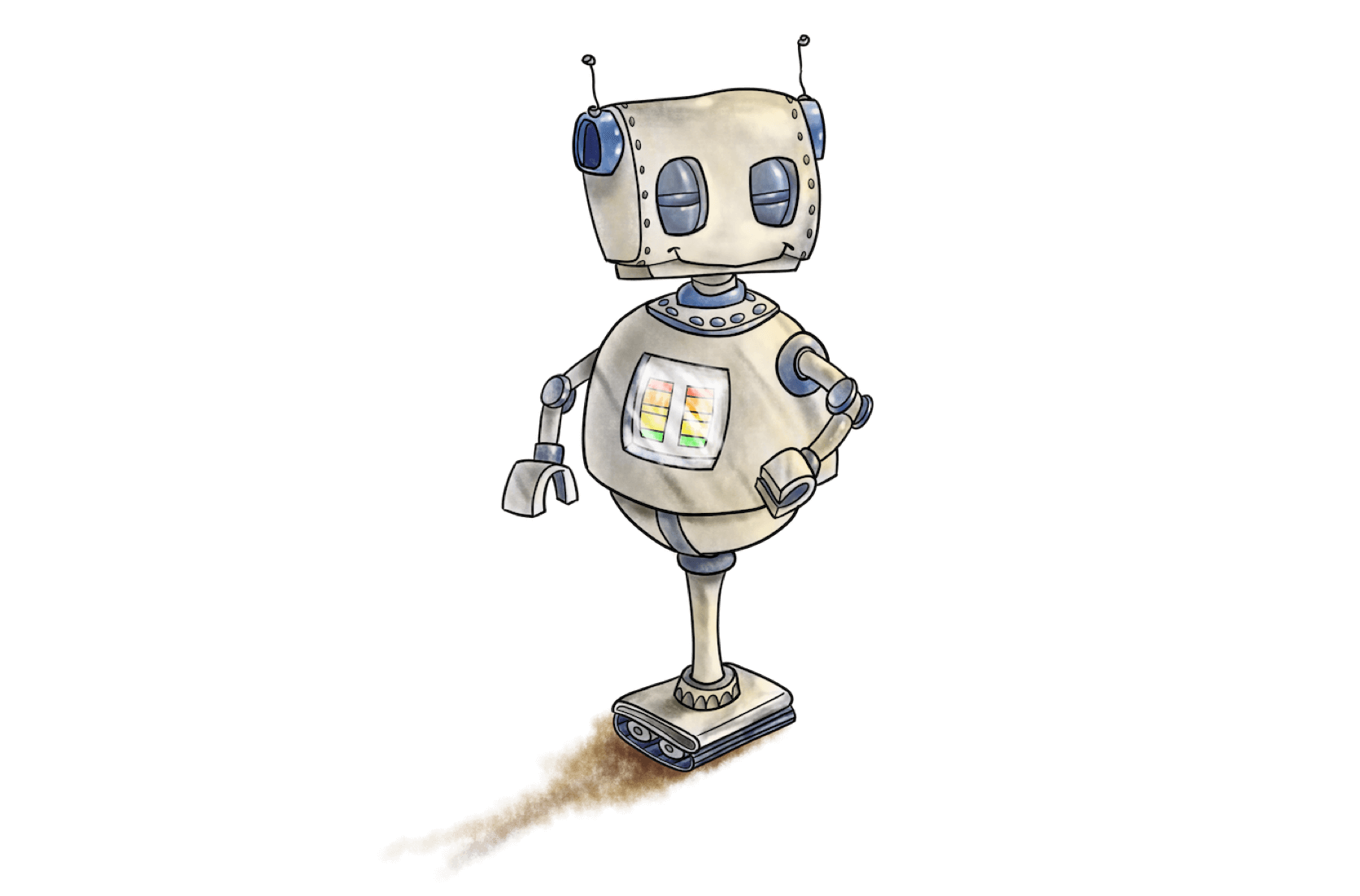
At the start of the year, our fashion-leader and soothsayer, Tess, wrote a blog post titled, 'What's trending in learning in 2019'. She predicted the future. Well, as we're at the tail-end of the year, it's time to test her fortune-telling abilities. In January, Tess predicted that the following 5 things would dominate the world of learning this year:
- Learner-focused training
- Self-directed learning
- Microlearning
- Flexibility and mobile learning
- Gamification
Let's see if she was right. I'm going to test Tess (also known as Tessting) by assessing whether or not the above have trended in learning this year. Here we go!
Learner-focused training
Learner-focused training is learning that's all about me. Just like the sun, the training revolves around me; catering specifically to my capabilities, needs, and even whims.
Did it make it big in 2019?
It did, but with a bit of a caveat: it's still in progress. See, the technology is developing. The ability of a learning platform to adapt and adjust according to the needs of a specific learner is called "Adaptive Learning". Right now, adaptive learning is in its infancy. It's confined primarily to merely changing the order which it presents content to a learner. For example, by spending more time on topics that the learner is struggling with, and less time where the learner is demonstrating mastery. For now, even in its infancy, it appears this sort of thing is gaining traction. One school in America re-jigged their entire curriculum to be based around adaptive learning technology, and saw their suspensions fall from 50 to 0 in the first year the technology was rolled out.
However, like the Tesla Cybertruck, the technology is clunky and prohibitively expensive. So, is it a trend? Again, like the Cybertruck, yes for people looking to spend thousands of dollars on something that should still really be in the development phase. No, for people with more secure purse-strings.
Was Tess right? Yes, but also no. It's still developing - in the next five years we'll see it really gain some ground.
Self-directed training
Self-directed training is training where the learner is allowed autonomy in how and when they complete the training. It's the opposite of facilitated training where an instructor tells you to do what and when.
Did it make it big in 2019?
You bet it did. Here are some internet statistics:
- Linkedin Learning's study of talent developers found that compared to three years ago, 59% of talent developers spent more in 2019 on online learning, and 39% spent less on instructor led training.
- According to pageup, 58% of learners want to learn at their own pace.
Any Yarno-specific feedback?
One of our Grant Broadcasters learners left us the following post-campaign feedback:
"On the run learning is best for a busy sales team".
Was Tess right? So far, so good, for this. Home run.
Microlearning
This one can barely be called a Tesst. You open up google and type in 'microlearning' training and in 0.41 seconds you're smashed with 2,010,000 results on just how big a trend microlearning is and exactly why it's so fantastic. And for good reason, microlearning has so many benefits we decided to design a whole platform around it.However, I'm going to deduct Tess some soothsayer points because she didn't predict it - microlearning has been at the forefront of education for a while now.
Was Tess right? Yes, but it wasn't a prediction. Just a fact. Here, she was more of a newsreader than clairvoyant.
Flexibility and mobile learning
The meaning is in the name, but for clarity: flexibility and mobile learning is learning that accommodates the needs of the learner. Rather than the learner having to conform to a strict schedule, the learning accommodates the learner. After work. In breaks. On the train home. Rather than you going to the learning, the learning comes to you, at just the time you want it.
Did it make it big in 2019?
Oh yeah. Here are some stats:
- Linkedin's workplace learning survey found that 74% of learners want to learn during their spare time at work.
- According to Towards Maturity's survey, 91% of learners like to be able to learn at their own pace. Further, half of those surveyed were using personal mobile devices to access work-related learning.
Any Yarno specific feedback?
Yes, in fact, in separate interviews (which featured in The Yarn this year), both Shane Tucker from Ron Finemore Transport and Steve Anderson from Grant Broadcasters mentioned specifically that part of the reason their respective companies chose to use Yarno was because of it being a mobile platform, and hence their learners could complete training at any time.
Was Tess right? Yep. Another point on the Tess side of the scoreboard.
Gamification
Gamification is the importation of gaming elements into a traditionally non-gaming context. For example, competition-based learning, leaderboards, badges and trophies.
Did it make it big in 2019?
Short answer: yes. Long answer: yes, with some nuance.
See, gamification as a concept has been around for a while now. We experience gamification everyday. It's pervasive: store loyalty cards give rewards for repeated patronage, Uber has just introduced an 'Uber Rewards' program, Yarno itself, and nearly any app on the market. So, if we stop here, then once again, Tess is a mere newsreader rather than soothsayer. However, in 2019, when it comes to gamification, badges and leaderboards aren't enough. Without more, gamification is just a slap of paint. Superficial additions like badges and points, on their own, won't suddenly make a training program successful. For gamification to be truly effective, the learning itself must be connected to the goals of a learner. Learning with points is still learning. We don't learn because of some desire to earn a million points, we learn because we believe that gaining knowledge will benefit us in some way. Well then -
Was Tess right? Yes, but the answer is more nuanced than simply "yes" or "no".
The final scoreboard
Here are the scores added up:
- Two unequivocal correct predictions (Self-directed Training, and Flexibility and Mobile Learning)
- Two equivocal correct predictions (Learner-focused Training and Gamification)
- One that doesn't count as a prediction (Microlearning).
Conclusion: Is Tess psychic?
4/5 ain't bad. I'm willing to bet that's a much higher success rate than most palm-readers, crystal-ball gazers, or astrologers. When put to the tesst, Tess seems to come out on top. We'll be sure to tune in again for her 2020 learning predictions.
To learn about the big impact little bites of learning can have, download our microlearning white-paper.













































































































